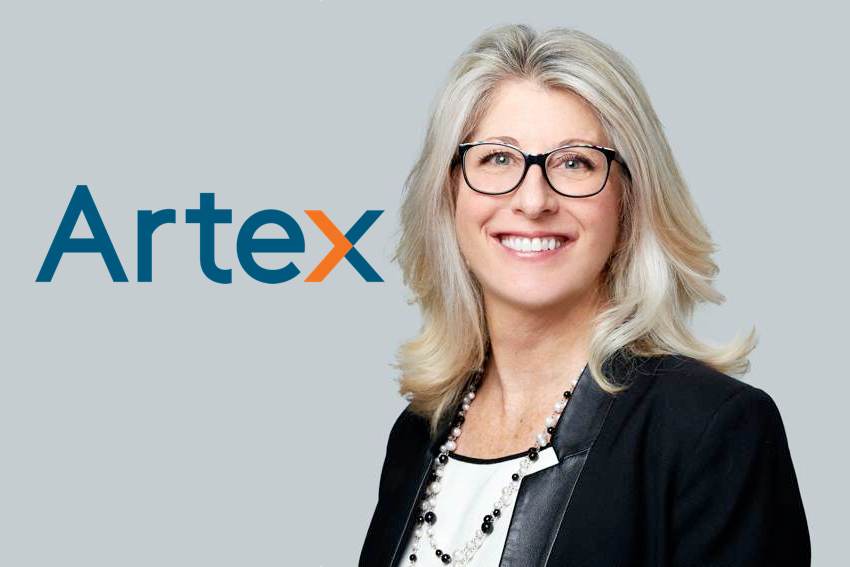Upholding discipline & proof of profitability key for ILS: Artex Capital Solutions’ Faries

Kathleen Faries, CEO of Artex Capital Solutions, has noted that as the insurance-linked securities (ILS) market nears 2025, headline challenges include upholding underwriting discipline, securing long-term profitability, and applying lessons from the past with careful capital management to bolster investor confidence.
In an interview with Artemis during the reinsurance conference season, Faries addressed a range of timely ILS topics, including the major challenges currently confronting the market and those anticipated as we approach 2025.
“Our industry is known for having a very short memory, so it’s important to keep the past front of mind. We need to maintain discipline both on the underwriting side as well as capital raising,” Faries explained.
She continued, “Investors want to see that the reinsurance industry has the discipline to be profitable over the long term. Portfolio Managers did a good job correcting attachment points and terms and conditions over the last couple of years, and at Artex, we are hopeful that underwriting discipline will continue, and ILS investors will regain full confidence in the sector’s ability to perform.”
As per Faries, investors additionally still approach the private market sector with caution and conservatism.
She said that while the public catastrophe bond market has proven attractive in terms of risk/reward compared to other financial markets, lingering uncertainty and volatility persist in the private ILS market.
“To attract positive inflows into collateralised reinsurance transactions in 2025, the sector must maintain the necessary discipline to deliver acceptable returns over the long term,” Faries added.
She went on, “As we look toward 2025 and beyond, we must also continuously adapt and innovate to stay ahead of evolving risks.
“Exploring new opportunities, such as emerging risks and alternative structures, is essential for ensuring the continued growth and success of the ILS market. By addressing concerns regarding long-term viability, the sector can instil confidence in investors and position itself for long-term success.”
Elsewhere in the interview, we asked Faries about her expectations for new peril investment opportunities for the remainder of the year and into 2025, given the ongoing expansion of the ILS asset class into emerging areas such as cyber and casualty lines.
“We are still seeing interest in casualty and MGA side car arrangements. There are also several entities working on efficient ways to securitise casualty; however, getting comfortable with casualty risk and duration requires accurate data in real-time,” she said.
Faries added, “The industry’s typical cycle of quarterly reporting is still a challenge worth solving to grow investor interest. That being said, at Artex, we are optimistic that we will begin to see a shift over time of capital flows to casualty.”
Closing on what investors should focus on when analysing and comparing ILS investment opportunities right now, Faries noted that they should look at the manager’s portfolio management/underwriting philosophy through the market cycles.
“They should ask the following questions: What is their approach, what is their track record, and how do they intend to deliver profit over the long term? How strong are their broker relationships? How are they managing costs? Are their operations built to be able to recognise and capitalise quickly on opportunities and market dislocations?” Faries observed.
She concluded, “Similarly for side car or Q/S investments, their underwriting track record, discipline and philosophy across the cycles are equally as important.”






